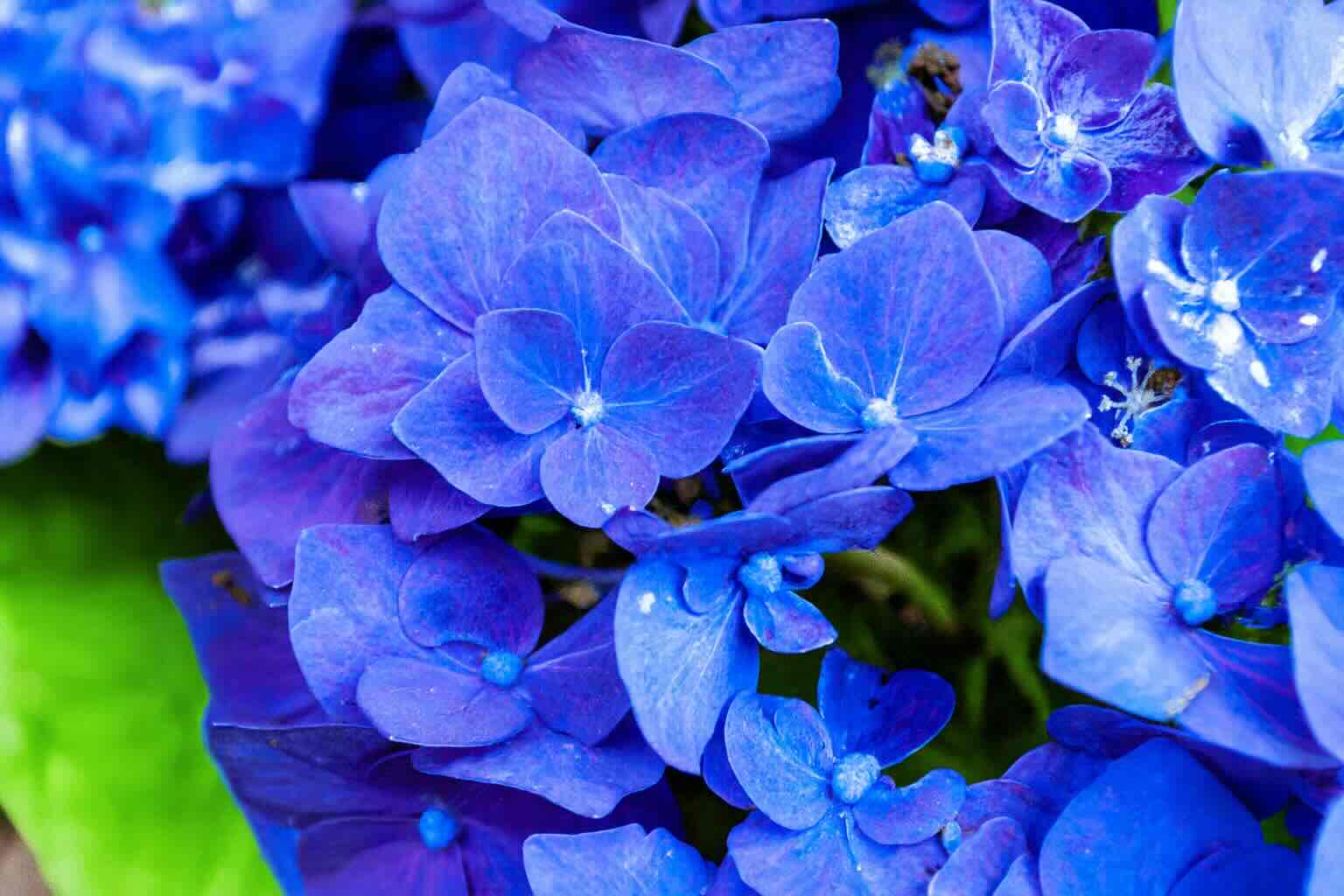For years, hydrangeas were the stars of summer gardens. Their large, colorful blooms added elegance and charm to backyards, courtyards, and patios. But as weather patterns change, many gardeners are discovering that these beloved shrubs no longer flourish like they once did. From heat waves to prolonged droughts, hydrangeas are struggling to keep up, and experts say the time has come to rethink our approach to gardening.
Hydrangeas and the Changing Climate
Hydrangeas thrive when the air is humid, the soil stays consistently moist, and temperatures remain mild. These were once common conditions in many regions, but climate change has disrupted that balance. Summers are now hotter, rain is less predictable, and dry winds parch even shaded areas of the garden.
The result is visible in backyards across the country: leaves that dry up by June, flowers that wilt before they can fully bloom, and entire shrubs collapsing despite careful watering. A nursery owner summed it up bluntly: “I lost nearly three-quarters of my hydrangea stock during the 2022 heat waves, even with constant care. The climate just doesn’t support them anymore.”
Why More Water Isn’t the Solution
At first glance, the fix seems obvious: water more. But hydrangeas are sensitive plants. They don’t just need water—they need balance. When the heat is intense and the soil is soaked daily, fungal diseases thrive. Root rot and mildew take hold, leaving plants weak and unable to recover.
Even varieties marketed as “drought-tolerant hydrangeas” are proving vulnerable. Rising heat levels combined with falling humidity are simply too extreme for most cultivars. Instead of lush, rounded blooms, gardeners are left with weak flowers and brittle stems.
How to Spot Struggling Hydrangeas
If your hydrangeas are declining, the signs are usually obvious:
-
Leaves curl and turn crispy, almost like paper.
-
Blooms appear dull, brown, or faded instead of bright and vibrant.
-
Stems droop or collapse despite regular watering.
Many homeowners assume the issue is poor pruning or lack of fertilizer. In reality, it’s not about technique—the climate itself has changed, and hydrangeas are among the plants most affected.
Better Alternatives for Modern Gardens
The decline of hydrangeas doesn’t mean gardens have to lose their beauty. In fact, many drought-tolerant plants thrive in today’s hotter, drier conditions and offer just as much color and interest. Garden designers recommend shifting focus to species that can withstand the new climate. Some excellent options include:
-
Lavender – This Mediterranean classic thrives in heat and dry soil, while attracting bees and butterflies.
-
Russian Sage – With silvery foliage and tall purple plumes, it adds texture and resilience to borders.
-
Ceanothus – Sometimes called California lilac, it offers vibrant blue blooms and excellent drought resistance.
-
Ornamental Grasses – Varieties like fountain grass or miscanthus add movement and elegance year-round.
-
Echinacea and Rudbeckia – Hardy perennials that bloom in late summer and fall, extending garden color when hydrangeas often fail.
By planting with the climate in mind, you not only reduce the need for constant watering but also create a garden that is healthier, more sustainable, and easier to maintain.
A Shift Toward Climate-Smart Gardening
For many, saying goodbye to hydrangeas feels like losing an old friend. These shrubs have been part of family gardens for generations. Yet their decline signals a larger shift that gardeners everywhere must embrace: working with nature rather than against it.
Climate-smart gardening means selecting plants that are naturally suited to your region’s new reality. Instead of fighting heat waves and drought with endless watering, you choose species that thrive under those conditions. The payoff is huge: vibrant gardens that stay strong through the summer without draining water resources or requiring constant rescue.
Hydrangeas may still have a place in cooler, wetter microclimates or in sheltered corners of a yard, but for many regions, their days as the star of the garden are fading.
The Future of Beautiful, Resilient Gardens
The end of hydrangeas as a garden staple does not mean the end of stunning flower beds. Quite the opposite—gardens that adapt to the new climate can be just as colorful, fragrant, and eye-catching as ever. By mixing drought-tolerant shrubs, grasses, and perennials, homeowners can design spaces that look good and thrive all season long.
Gardeners are also rethinking how they use water. Mulching, drip irrigation, and smart landscaping layouts help conserve moisture while keeping plants healthy. These techniques not only protect gardens but also support broader environmental goals by reducing waste.
A Garden in Harmony with Nature
Hydrangeas once defined the beauty of summer gardens, but their time in the spotlight is fading as climate pressures mount. Holding on to them at all costs means constant frustration, wasted water, and disappointment. Instead, embracing resilient, climate-smart plants opens the door to a new kind of garden—one that works with nature instead of against it.
By welcoming lavender, Russian sage, ornamental grasses, and other hardy species, gardeners can still enjoy vibrant colors, rich textures, and thriving landscapes. In the end, the most beautiful gardens are not those that fight the changing climate, but those that grow in harmony with it.
